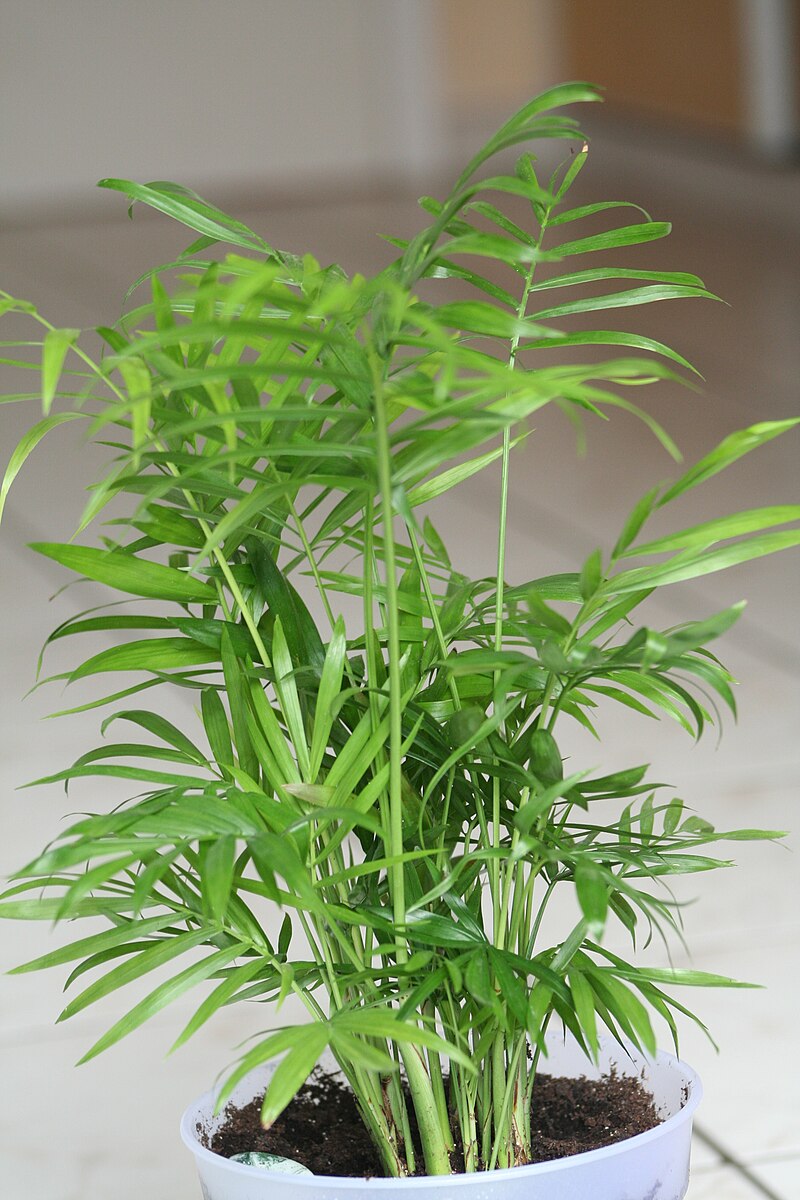
Pluume321
Sun Requirements
Bright sun is best for parlor palms when grown indoors as houseplants. An East facing window is good, but keep this palm away from South-facing windows where it will get direct light. Too much sun can cause yellowing leaves.
Bloom Period and Plant Shape
Parlor palms (Chamaedorea elegans) are grown for their light green fronds with a delicate texture and arching shape.
Mature Height x Spread
The plant grows slowly to 3 to 6 feet, but it may take a number of years to get that large. You often find these palms sold as clumps of multiple plants in one pot to give a lush appearance.
How to Plant
Plant parlor palm in a plastic pot one size larger than the pot you purchased. Fill the pot with potting soil that contains compost. The roots are delicate and don’t like to be disturbed. Only repot if the roots start growing out of the drainage holes and the soil starts to break down.
Growing Tips
Parlor palms are one of the easiest and best palms to grow as houseplants. They tolerate low light levels, aren’t picking about humidity, are slow growing and don’t need extra care. Keep the soil moist and reduce watering in winter only adding water when the soil dries out to the touch. Increase watering in spring and summer. Fertilize in spring and summer with a houseplant fertilizer.
Spider mites might be a problem in dry homes in winter. Place the palm in a drainage tray filled with pebbles and water to increase the humidity and discourage the spider mites.
Design Tips:
Place parlor palms as a floor plant in a living room or dining room. Avoid cold drafts and bright sunny windows. Deadhead fronds to keep the plant looking attractive.
Varieties:
There aren’t many different varieties of parlor palms. ‘Hirts’ Victorian parlor palm is one type that’s widely available.


